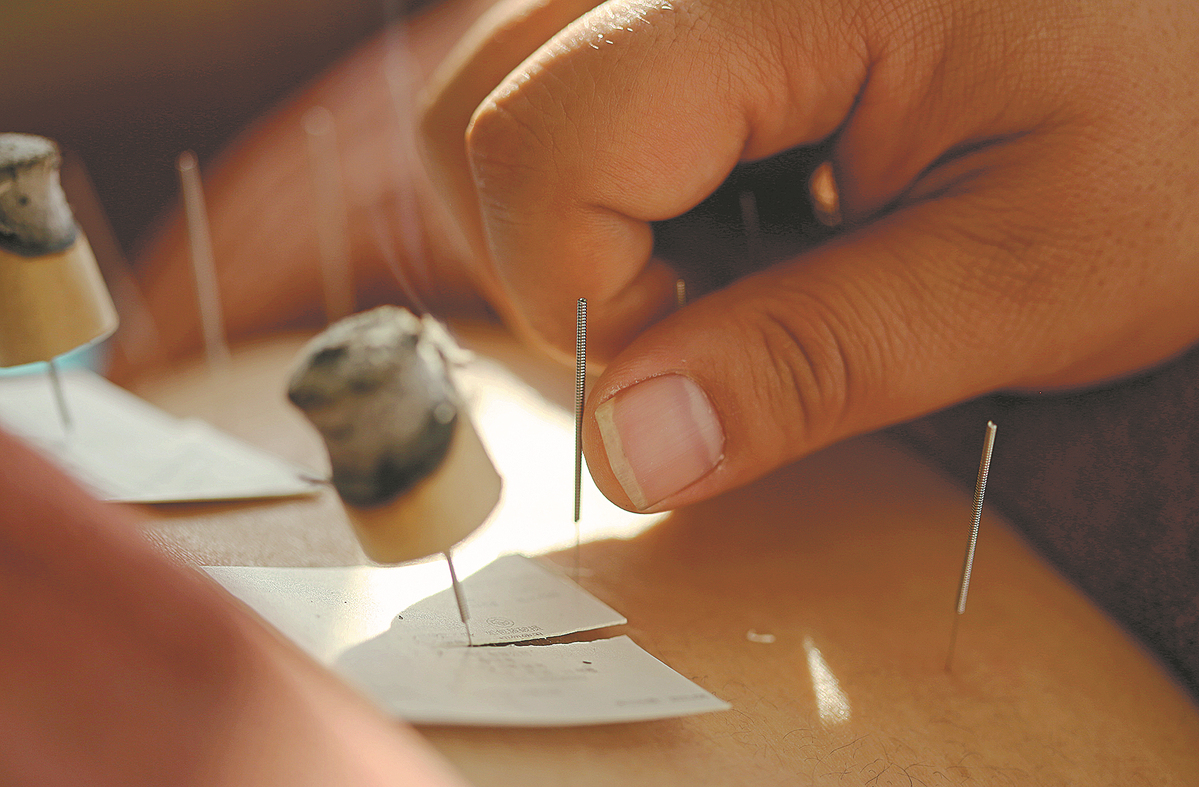

China and Iran, known in ancient Chinese documentation as Anxi, are both ancient civilizations. Medical exchanges between the two cultures began centuries ago as a result of their trade connections through the Silk Road and the Maritime Silk Road, over which passed new practices and substances.
Persian historical texts, such as The Canon of Medicine by Avicenna and The Comprehensive Book on Medicine by Abu Bakr al-Razi, refer to herbs derived from China. Similarly, classical Chinese texts such as Important Formulas Worth a Thousand Gold Pieces for Emergencies, Newly Revised Materia Medica, and Compendium of Materia Medica recorded medical knowledge and drugs introduced to China from Iran.
Traditional Chinese medicine is of great value and can play a significant role in improving human health and the quality of life. International recognition has been increasing, and it is gradually being incorporated into the medical systems of many countries.
Traditional Chinese medicine is now in use in 196 countries and regions, and the Chinese government has signed special cooperation agreements to promote it with more than 40 countries, regions and international organizations, according to the National Administration of Traditional Chinese Medicine.
Thailand, France, Canada, the United Kingdom, Australia, Iran, and some other countries have given legal status to and begun to incorporate traditional Chinese medicine into their regulatory regimes. Practitioners of the art need to go through local health channels, and they can only practice after registering with the relevant authorities, taking a qualification examination and obtaining certification.